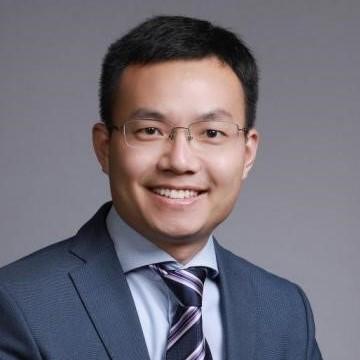
Hairen Tan
Professor
Dr. Hairen Tan is a full professor in College of Engineering and Applied Sciences at Nanjing University (NJU). He received the B.Sc. and M.Sc. degrees from Central South University and Institute of Semiconductors, Chinese Academy of Sciences in 2008 and 2011, respectively. He obtained the Ph.D. degree with cum laude in 2015 from Delft University of Technology. After graduation he was awarded the Rubicon Fellowship from NWO and joined Ted Sargent’s group at University of Toronto as a postdoctoral fellow during 2015-2018. His works have been published in Science, Nature, Nature Energy, Progress in Photovoltaics, with total citation over 10,000 times. His current research focuses on developing high-efficiency and cost-effective photovoltaics devices, including perovskite solar cells, silicon solar cells, and perovskite-based tandem solar cells. Dr. Tan serves as the external editor of Communications Materials and Editorial Board Member of Journal of Semiconductors and Science China Materials.
Title: Toward highly efficient all-perovskite tandem solar cells and modules
Abstract: Organic–inorganic halide perovskites have received widespread attention thanks to their strong light absorption, long carrier diffusion lengths, tunable bandgaps, and low-temperature processing. Single-junction perovskite solar cells (PSCs) have achieved a boost of the power conversion efficiency (PCE) from 3.8% to 25.8% in just a decade. With the continuous growth of PCE in single-junction PSCs, exploiting monolithic all-perovskite tandem solar cells is now an important strategy to go beyond the efficiency available in single-junction PSCs. In this talk, I will first introduce the structure and operation mechanism of monolithic all-perovskite tandem solar cells. I will then summarize our research progress in all-perovskite tandem solar cells from the perspectives of different structural units in the device: tunnel recombination junction, wide-bandgap top subcells, and narrow-bandgap bottom subcells. Device engineering strategies that result in record-performing tandem solar cells will be discussed. I will also show our strategies in fabricating all-perovskite tandem solar modules, in which the perovskite layers and functional layers are all fabricated using scalable processing. Finally, I will briefly discuss the remained challenges in long-term operational stability and explore how device structure and material composition engineering could improve the stability.

 京公网安备 11010802039275号
京公网安备 11010802039275号